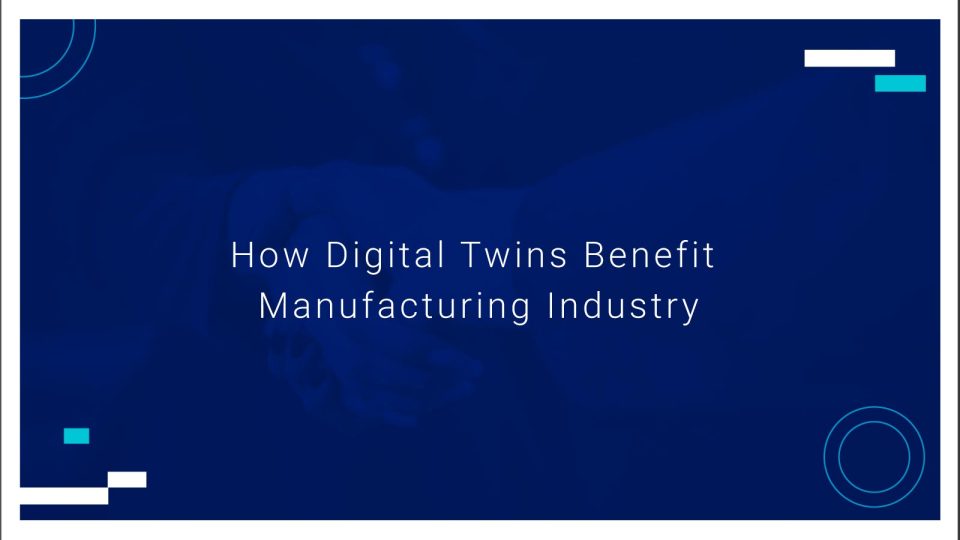It has been over a decade since Industry 4.0 emerged, and its potential to revolutionize manufacturing is now well-recognized. Most manufacturers have initiated pilots to validate the benefits of data and advanced analytics, applying autonomous solutions such as predictive maintenance to optimize operations. However, accelerating the adoption of autonomous operations presents challenges. High-value use cases often necessitate the deployment of autonomous solutions across multiple assets, lines, or functions. Additionally, the extensive data required is typically beyond the capacity of existing manufacturing operations management (MOM) architectures.
Some manufacturers have turned to data lakes to store manufacturing data in a single repository. Yet, these solutions often fail to provide the structured information needed for end-to-end optimization. Consequently, CIOs and manufacturing managers are increasingly exploring digital twins as a comprehensive solution. Digital twins unify and contextualize data from multiple sources, facilitating autonomous solutions.
Digital-twin technologies promise to expedite product development and enhance product quality. Over the next five years, approximately $30 trillion in corporate revenues will depend on products not yet launched. As developing successful new products becomes increasingly challenging, companies are investing in digital-product-development capabilities to streamline design and engineering processes while reducing R&D costs. Advances in computing power, analytics, and artificial intelligence have given rise to digital twins—virtual replicas that simulate the characteristics of physical products. These technologies are expected to accelerate product development, improve outcomes, and lower costs, with the global market for digital-twin technologies projected to grow substantially.
What is a Digital Twin?
Current Applications of Digital Twins
According to survey data, nearly 75 percent of companies in advanced industries have adopted digital-twin technologies with at least medium complexity. However, adoption varies significantly by sector. The automotive, aerospace, and defense industries are more advanced in their use of digital twins, while sectors such as logistics, infrastructure, and energy are often still developing initial digital-twin concepts.
In the United States, an automotive company is building a system to model all its software and hardware configurations, enabling the simulation of design improvements before delivering them to customers via over-the-air updates. Additionally, a US multinational industrial company is developing multiphysics models of turbines to predict wear in real-time, fine-tune performance, and optimize output against service life and total cost of ownership.
These digital-twin pioneers invest in this technology for several key reasons:
- R******** Product Development: Digital twins allow design and engineering teams to explore more design options without the costs associated with producing and testing physical prototypes.
- Improved Testing and Validation: Digital twins enable the evaluation of new solutions in a wide range of lifelike scenarios, including unusual and extreme operating conditions.
- Deeper Insights into Product Behavior: Engineers can use digital-twin models to monitor any part of the system at any time and trace complex interactions between product elements.
- Informed Product Improvements: Real-world data informs product enhancements by simulating the impact of proposed design changes using data collected from products in the field.
With companies facing increasing pressure to accelerate transformation efforts in order to compete, they need a way to gather forensic insights across their operations. As a result, digital twin capabilities are now being directed at companies, giving rise to a “digital twin of an organization” (DTO). – Rupert Colbourne, Chief Technology Officer at Orbus Software


